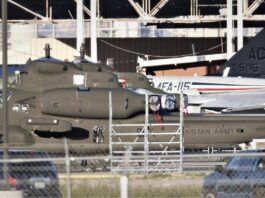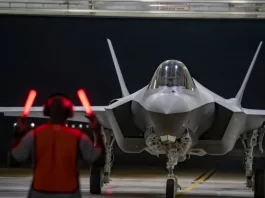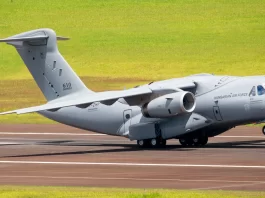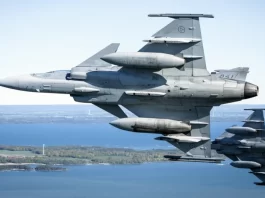The Japan Coast Guard (JCG) has signed a contract with General Atomics Aeronautical Systems, Inc. (GA-ASI) to acquire two SeaGuardian Remotely Piloted Aircraft (RPA). This is a crucial step that will allow the JCG to improve its capabilities in maritime surveillance. A Company-Owned, Contractor-Operated agreement was established between the JCG and GA-ASI in April 2022, and the acquisition, which is scheduled to be delivered in 2025, builds upon the existing relationship between the two organizations.
The Chief Executive Officer of GA-ASI, Linden Blue, emphasized the SeaGuardian’s remarkable track record in Japan, highlighting its significant role in various JCG missions. The aircraft has demonstrated its value by assisting search and rescue operations and disaster response activities, particularly during the recent earthquake of 7.6 magnitude that occurred close to the Noto Peninsula in Ishikawa Prefecture. In addition, the SeaGuardian demonstrated its efficiency and efficacy by providing crucial maritime surveillance at the G-7 Summit in Hiroshima in 2023 to demonstrate its effectiveness.
The SeaGuardian, a long-endurance, medium-altitude RPA system, can have a flying duration of twenty-four hours or longer, depending on its configuration. Because of this increased operational capacity, the Joint Command and General’s ability to monitor wide marine areas is substantially improved.
GA-ASI has released Optix+, a sophisticated software suite that integrates data from SeaGuardian sensors and other sources, to further strengthen Japan’s capabilities in maritime Wide-Area Surveillance (MWAS). This all-encompassing system gives operators a full view of surveillance information, making it easier for them to assign tasks and direct intelligence, surveillance, and reconnaissance (ISR) data in real-time.
The capability of the Optix+ software to instantly correlate and exploit acquired data into a common operational picture that can be shared is a game-changer for maritime security. By enabling the automatic detection of aberrant behaviors in seas using multi-source correlated data, the technology considerably strengthens the ability of the Joint Command and General (JCG) to respond to possible threats and protect maritime safety.
This most recent procurement shows Japan’s dedication to utilizing cutting-edge technology to protect its maritime interests. It also strengthens the expanding relationship between the Japan Coast Guard and the General Aviation Air Service Institute (GA-ASI) in the field of advanced aerial surveillance.






